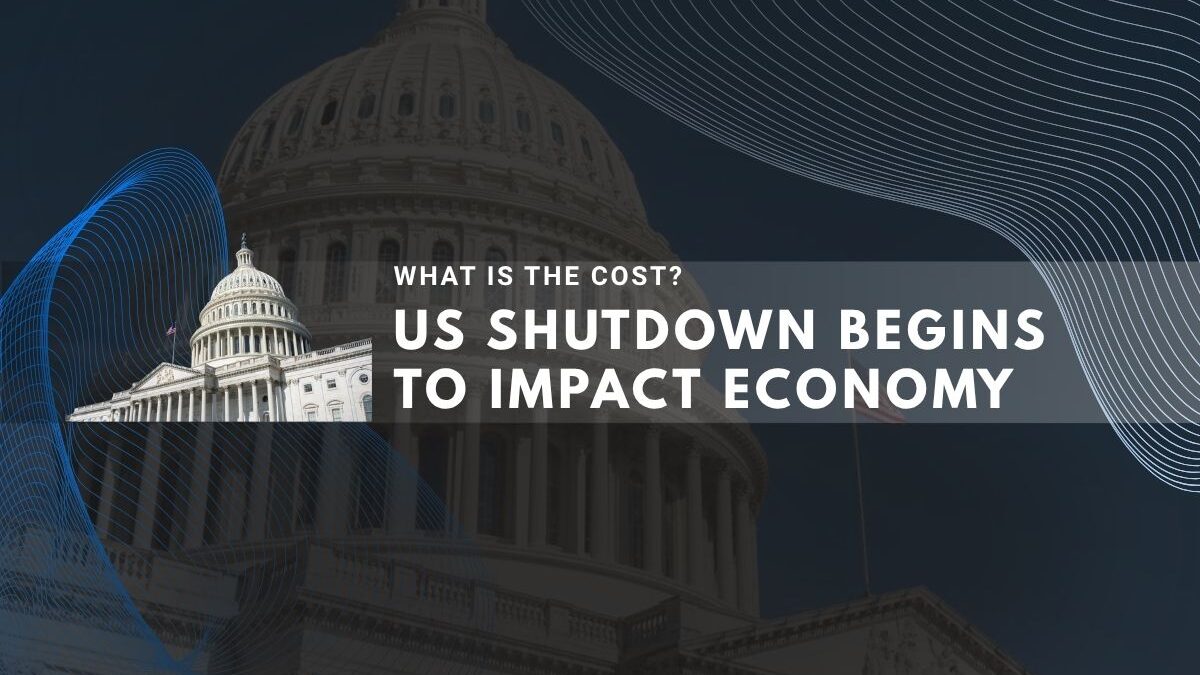The partial federal shutdown strains that began on October 1, 2025, is already exacting a clear toll on output, incomes, and confidence. The federal shutdown cuts spending and hits U S households, with each week of closure slicing an estimated 0.2 percentage points off quarterly GDP about $15 billion in lost production and threatening to push the national unemployment rate from 4.3 percent to as high as 4.8 percent if it continues into mid-October U S households and federal employees are facing missed paychecks, delayed purchases, and growing financial strain, highlighting how the shutdown strains U S households and the broader economy.[1][2][3]
Effects on Federal Workers and Households
Hundreds of thousands of civilian employees and contractors are furloughed or working without pay.
- An IT specialist in Utah delayed home repairs, canceled a camper purchase, and opted for a used laptop, then applied for unemployment benefits and mortgage forbearance as he braces for missed paychecks.[3]
- In Ohio, a Defense Department spouse requested mortgage deferral and scrapped a fall getaway after losing the family’s primary income.[3]
- Federal contractors, ineligible for guaranteed back pay, warn that two to three months without wages would exhaust their savings.[4]
Business Confidence and Data Disruptions
Closures of national parks, halted permits and loan approvals, and delayed economic releases have created an “information void” that complicates investment and hiring decisions.[2][5]
- The Bureau of Labor Statistics has suspended the September nonfarm payrolls and unemployment report, and the Consumer Price Index release is on hold.[5]
- Private ADP data show a loss of 32,000 jobs in September, the largest monthly drop since March 2023.[6]
Wells Fargo analysts warn that beyond mid-October, the shutdown would traverse “uncharted territory,” as previous impasses of similar length inflicted deeper long-term damage.[3]
Regional Concentration
The Washington DC metro area faces severe strain. During the 2013 shutdown, local consumer spending fell 5 percentage points compared with a 0.7 point national decline—a disparity that underscores the region’s dependence on federal activity. Restaurants and shops near attractions report sales plunging more than 50 percent since closures began.[2]
Macroeconomic Projections
| Indicator | Estimate | Source |
|---|---|---|
| Weekly GDP drag | –0.2 pp (≈$15 billion) | Goldman Sachs[2] |
| Unemployment rate if shutdown to Oct 18 | 4.8 percent (from 4.3 percent) | S&P Global[3] |
| Consumer spending loss (1 month) | $30 billion | CEA[4] |
| Additional unemployed (1 month) | 43,000 | CEA[4] |
| Daily wage loss | $400 million | Reuters/Treasury[7] |
Unprecedented Policy Risks
Proposals to withhold back pay and effect permanent layoffs mark a departure from past shutdowns, where furloughed workers received retroactive pay and returned to work. Such measures would deepen income shocks and erode consumer confidence more severely than temporary closures.[8]
Path to Resolution
Short closures typically incur temporary costs, recouped through back pay and resumed spending. Rapid passage of appropriations bills remains essential to restore full federal operations, stabilize markets and resume delayed economic data that underpin monetary and fiscal policy.
